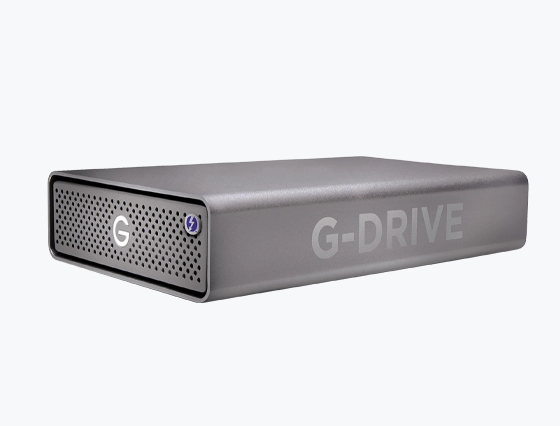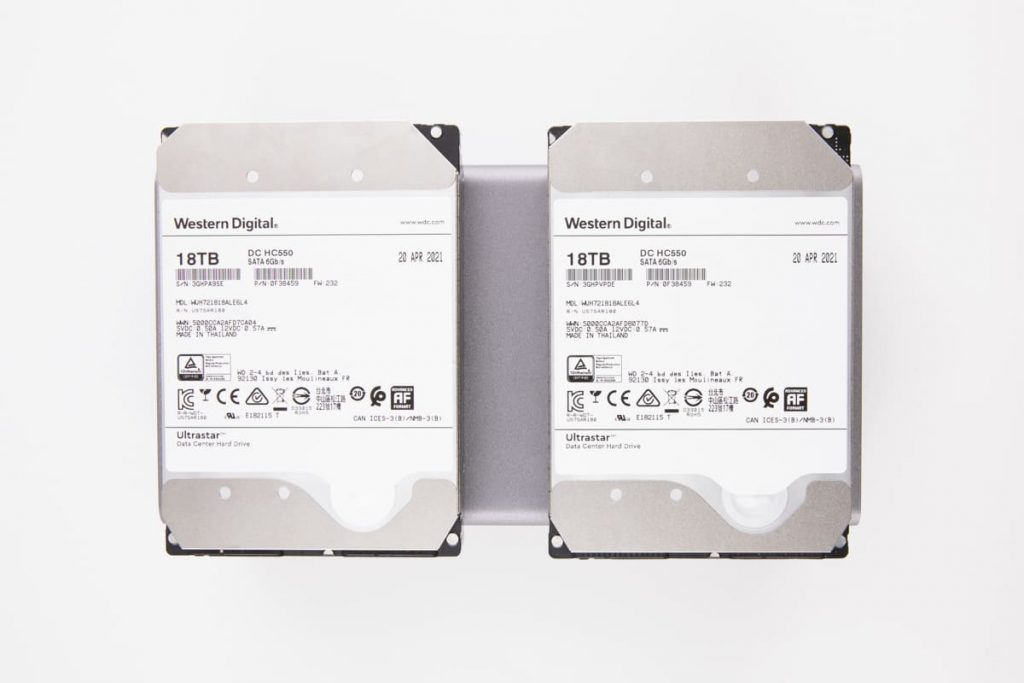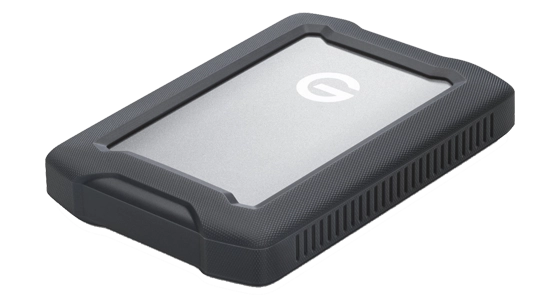G-Drive Data Recovery
Recover Your Critical Data with Confidence
Need help with G-Technology Hard Drive recovery? Our expert team specialises in recovering important documents, precious photos, and essential emails. Our data recovery services span the entire UK, offering fast and reliable solutions.







Data Recovery from G-technology Hard Drive
G-technology hard drives are well-known for their high-quality performance and durability. However, no matter how reliable a hard drive may be, data loss can still occur due to various reasons, such as accidental deletion, virus attacks , physical damage, or hardware failure. Losing important data from your G-technology hard drive can be frustrating and stressful.
Data recovery is a sophisticated procedure that requires specialised equipment and knowledge. It utilises cutting-edge software and hardware to penetrate the device’s firmware and recover data.
This process is often lengthy and demands significant expertise and understanding. If you’re facing data loss on your G-technology device, it’s critical to get expert assistance immediately.

Trying to retrieve the data on your own or with amateur data recovery software could worsen the device’s condition and complicate the data recovery process. If you’re in the UK and struggling with data loss from your G-technology device, don’t hesitate to contact our reliable services. We’re fully equipped and ready to assist you throughout the UK, ensuring you get your important data back safely and efficiently.
What Are the Causes of Data Loss on a G-Drive?
Data loss on a G-DRIVE can arise from multiple factors that often catch users off-guard. These causes range from physical damage, such as drops or exposure to extreme conditions, to logical issues, like software corruption or accidental formatting.
Accidental Deletion
Virus Attacks
Overheating
Power Surges
Other common sources include virus or malware infections that compromise data integrity and electrical failures that can disrupt the drive’s functionality. Understanding these potential risks is crucial for implementing preventative measures and ensuring the longevity and reliability of your data storage. If you require assistance with G-Technology Hard Drive recovery, please don’t hesitate to contact us.
We Recover All Models of G-Technology Drives
G-Technology is a leading brand for external hard drives, used by professionals and individuals alike. However, even the most advanced technology can fail, leading to the loss of critical data.
We specialise in recovering data from all sizes and types of G-Technology hard drives. Regardless of the model or capacity, our team has the expertise to manage complex data recovery tasks.
We recover all models of G-Technology drives, including all RAID configurations. Some of the models we frequently work with include, but are not limited to:

- G-DRIVE Mobile USB-C
- G-DRIVE Mobile USB 3.0
- G-DRIVE with Thunderbolt 3
- G-DRIVE PRO with Thunderbolt 3
- G-RAID with Thunderbolt 3
- G-RAID with USB 3.0
- G-RAID Removable
- G-SPEED Shuttle with Thunderbolt 3
- G-SPEED Shuttle XL with Thunderbolt 3
- G-RAID
- G-RAID mini
- G-DRIVE mini
- G-DRIVE ev Raw
- G-DRIVE Desktop External Hard Drive
Our Professional Data Recovery Services are designed to manage any data loss scenario, from hardware failures to accidental deletions and software issues. With advanced tools and a proven methodology, our expert team ensures your valuable data is retrieved safely and confidentially. We maintain a high success rate and prioritize data privacy at every step.
- Expertise in handling complex data recovery cases.
- Safety measures for data protection and confidentiality.
- Quick response to recover your data with urgency and security.
- 99% Success Rate across various data recovery scenarios.
Contact us today to get started!
UK New Lead In-Section
"*" indicates required fields
Data Verification Process
Confirm Your
Recovered Files
Remotely review your restored data to confirm everything is intact.
Check your files securely from your home or workplace—no need to visit us.
Ensure all critical documents, photos, and data are fully recovered.
Our encrypted connection safeguards your privacy at every step.
How to Recover Data from G-Drive?
At our data recovery company, we utilise a detailed and time-tested process specifically designed for G-technology data recovery. This involves an initial assessment to understand the extent of data loss, followed by the application of our specialised techniques to recover lost data efficiently and safely.
Evaluation of G-Drive
Our team will evaluate the hard drive to assess damage and the possibility of data recovery.
Recovery of G-Drive
We employ a range of techniques to recover your files based on the severity and nature of the data loss.
Verification Session
After the recovery process, we verify the integrity of the retrieved data to ensure its accuracy.
Data Delivery
Once verified, we deliver your recovered data in a secure format, either on a new storage device or through secure online transfer.
If you’ve experienced the unfortunate event of data loss on your G-technology Hard Drive, please remember that our team is ready to assist you through this challenging situation. For immediate assistance or to discuss your data recovery needs, please feel free to get in touch with us directly. If you prefer, you can also fill out our online form, and one of our expert engineers will contact you as soon as possible to provide you with personalised support and begin the recovery process. We’re committed to helping you retrieve it with minimal stress.
Customer Reviews
We take pride in delivering top-quality service and outstanding results. Discover why customers trust PITS Data Recovery with their data needs!
Total Reviews
1,000+
21%
Growth in reviews on this year
Average Rating
4.9
Consistent excellence
Drives Recovered
100,000+
Industry-leading success rate
Frequently Asked Questions
What are the early signs of G-Technology device failure?
Early signs of G-Technology device failure can include your computer frequently freezing or crashing when the drive is connected, unusual noises (clicking, grinding, or beeping) coming from the drive, files disappearing or becoming corrupted, slow drive performance, and error messages when attempting to access files or the drive itself. Early recognition of these signs is vital for preventing complete data loss.
How can I tell if my G-Drive needs data recovery?
Suppose you’re unable to access your data on a G-Drive. In that case, notice files are missing or corrupted, or if your drive is physically damaged (such as from a fall), these are clear indicators that your G-Drive requires professional data recovery services. Furthermore, if your computer does not recognise the G-Drive when connected, it’s a sign that you should seek immediate assistance from a data recovery specialist.
What should I do if I suspect my G-Technology drive is failing?
The first step should be to stop using the drive immediately to prevent further damage. Refrain from attempting to recover the data on your own, especially by using software recovery tools, as this can often lead to additional data corruption or loss. Next, contact a professional data recovery service that specialises in G-Technology drives. They will guide you through the next steps and how to send your drive for evaluation safely.
How long does the G-Drive data recovery process take?
The recovery time for G-Drive data varies depending on damage severity, drive capacity, and needed recovery methods. This significantly impacts data recovery duration. The initial assessment phase might take a few days, after which the recovery service can provide a more accurate timeline. Some straightforward recoveries can be completed within a week, while more complex cases might require several weeks.
Is it possible to recover all data from a damaged G-technology drive?
While many data recovery cases result in successful retrieval of lost data, the possibility of recovering all data from a damaged G-Technology drive depends on the extent and type of damage. Professional data recovery services use advanced techniques and tools, increasing the chances of a successful recovery. For more detailed information or specific questions about your G-Technology drive, please get in touch with our customer support. Our experts are ready to provide tailored advice and support for your unique situation.
Request Help
"*" indicates required fields